

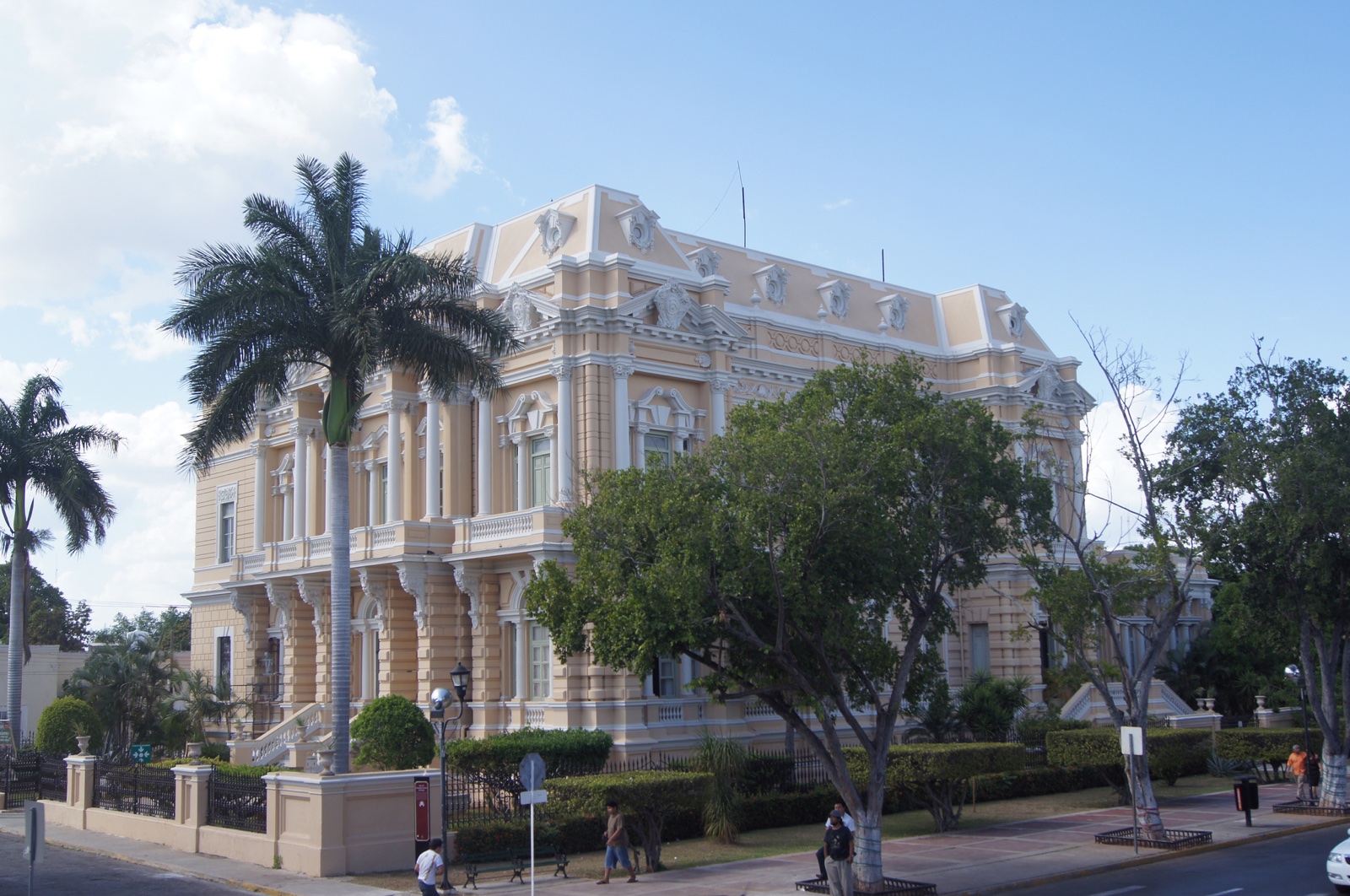
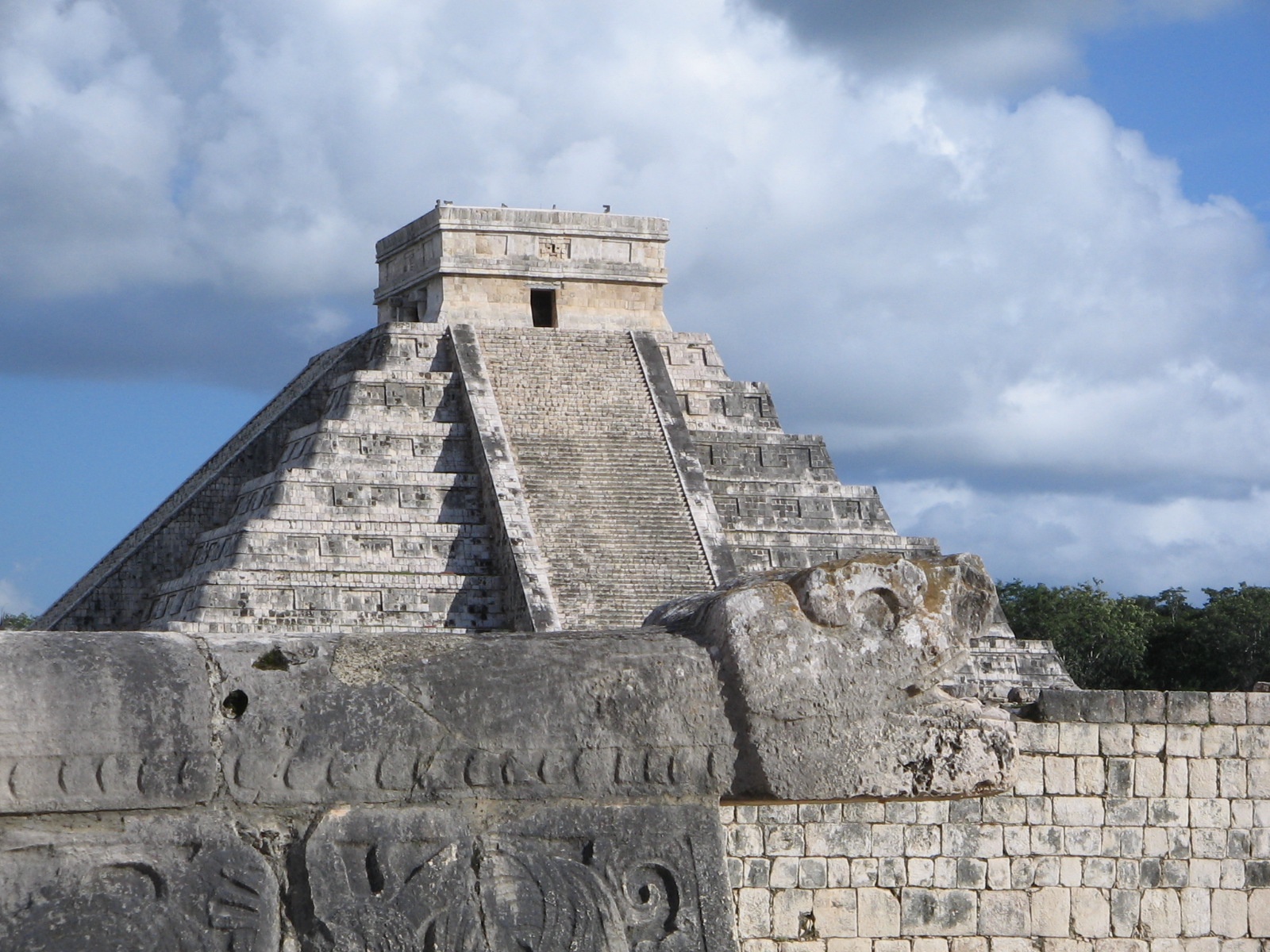
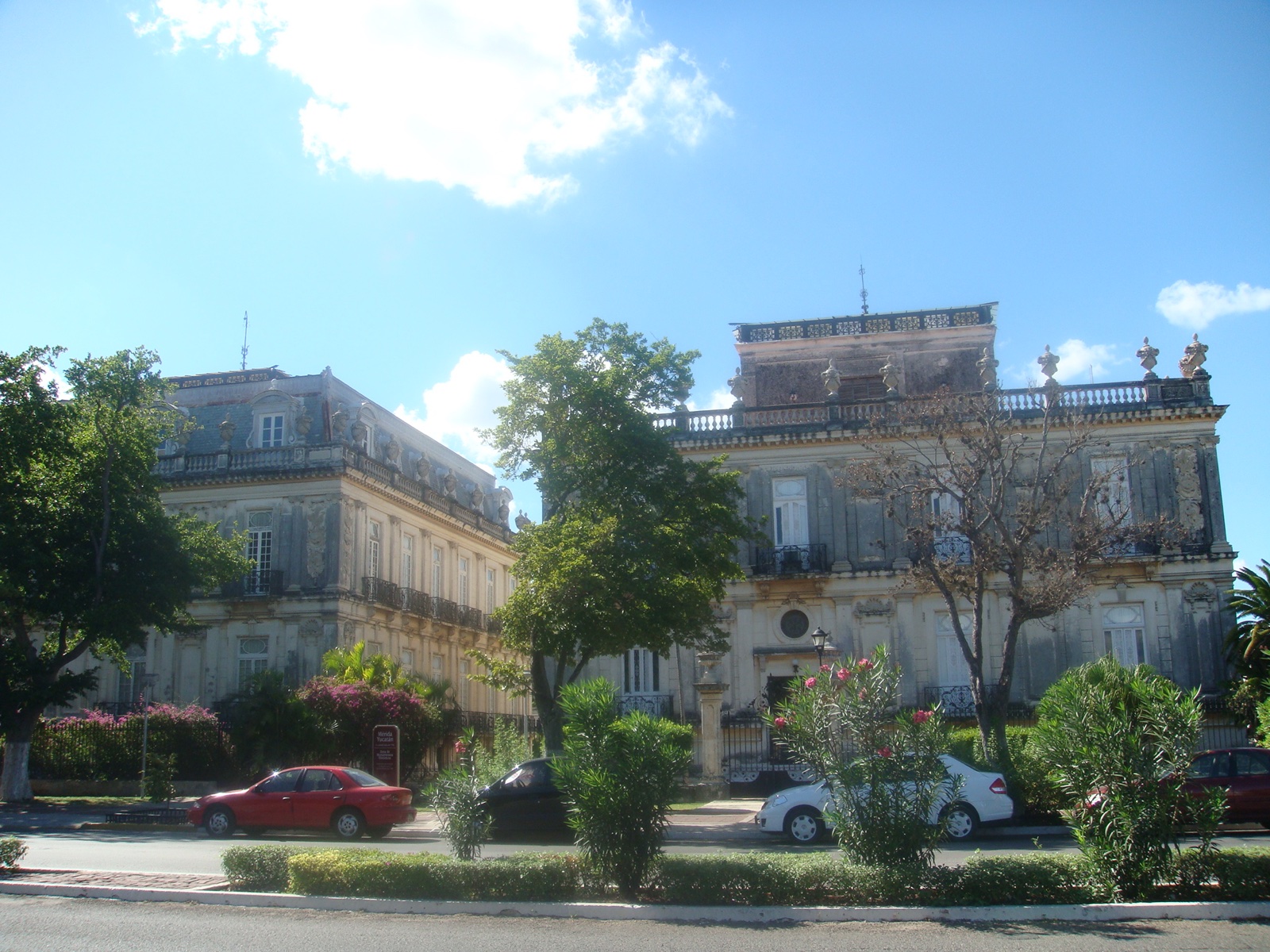


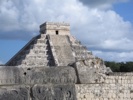
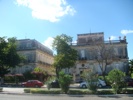
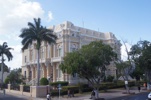

Palenque is a medium-sized site, much smaller than such huge sites as Tikal or Copán, but it contains some of the finest architecture, sculpture, roof comb and bas-relief carvings that the Mayas produced. Much of the history of Palenque has been reconstructed from reading the hieroglyphic inscriptions on the many monuments; historians now have a long sequence of the ruling dynasty of Palenque in the 5th century and extensive knowledge of the city-state's rivalry with other states such as Calakmul and Toniná. The most famous ruler of Palenque was Pacal the Great whose tomb has been found and excavated in the Temple of the Inscriptions. The Palace, a complex of several connected and adjacent buildings and courtyards, was built by several generations on a wide artificial terrace during four century period. The Palace was used by the Mayan aristocracy for bureaucratic functions, entertainment, and ritualistic ceremonies. The Palace is located in the center of the ancient city. Within the Palace there are numerous sculptures and bas-relief carvings that have been conserved. The Palace most unique and recognizable feature is the four-story tower known as The Observation Tower. The Observation Tower like many other buildings at the site exhibit a mansard-like roof. The A-shaped Corbel arch is an architectural motif observed throughout the complex. The Corbel arches require a large amount of masonry mass and are limited to a small dimensional ratio of width to height providing the characteristic high ceilings and narrow passageways. The Palace was equipped with numerous large baths and saunas which were supplied with fresh water by an intricate water system. An aqueduct, constructed of great stone blocks with a three-meter-high vault, deviates the Otulum River to flow underneath the main plaza. The Palace is the largest building complex in Palenque measuring 97 meters by 73 meters at its base.